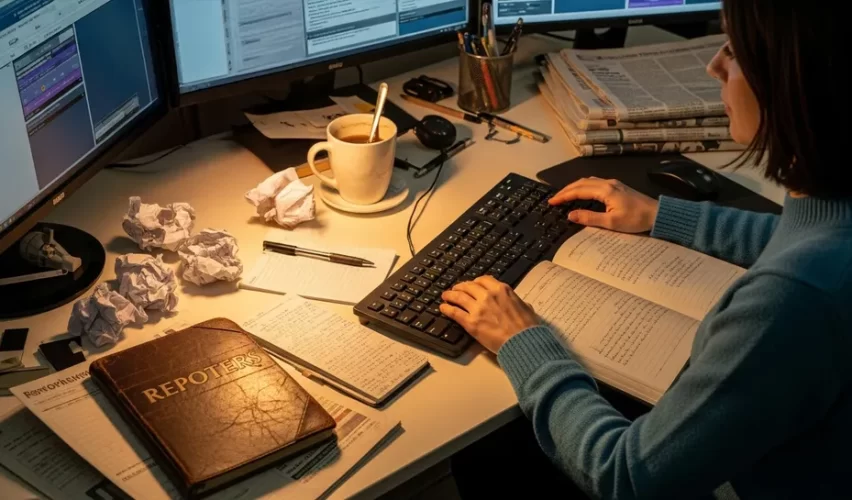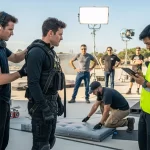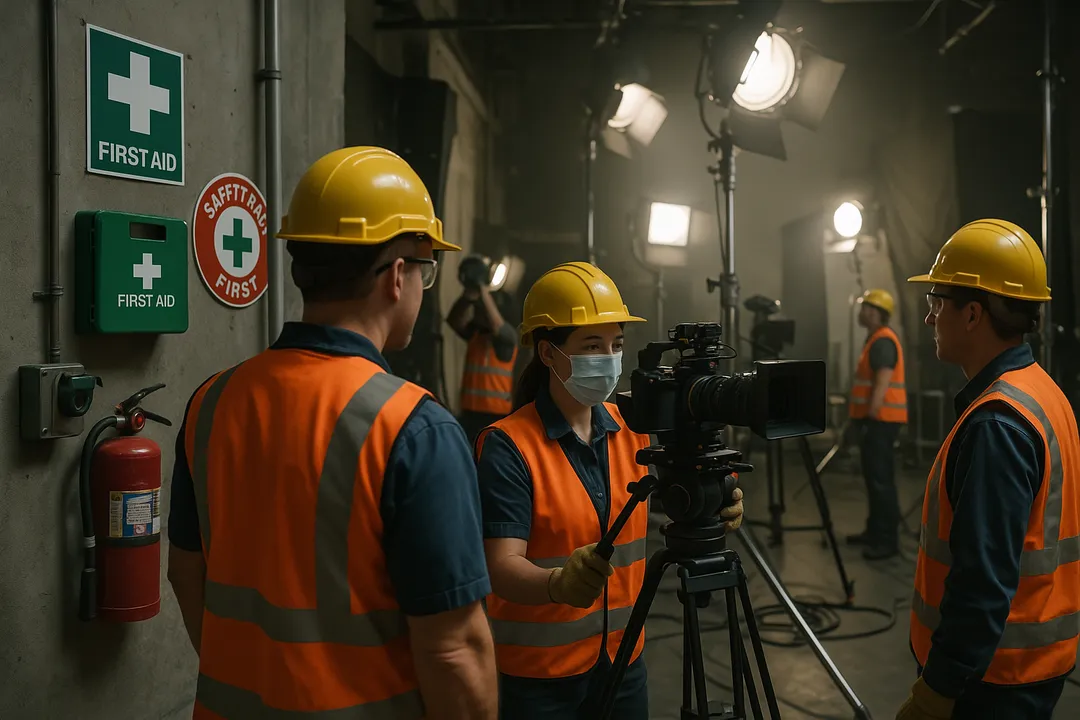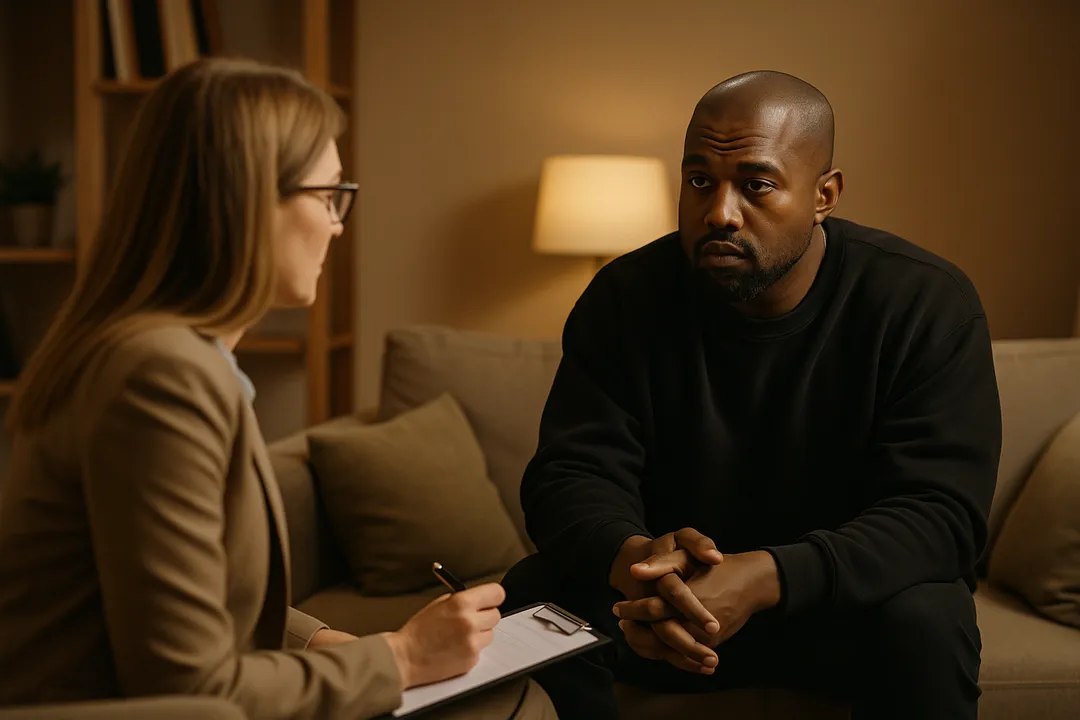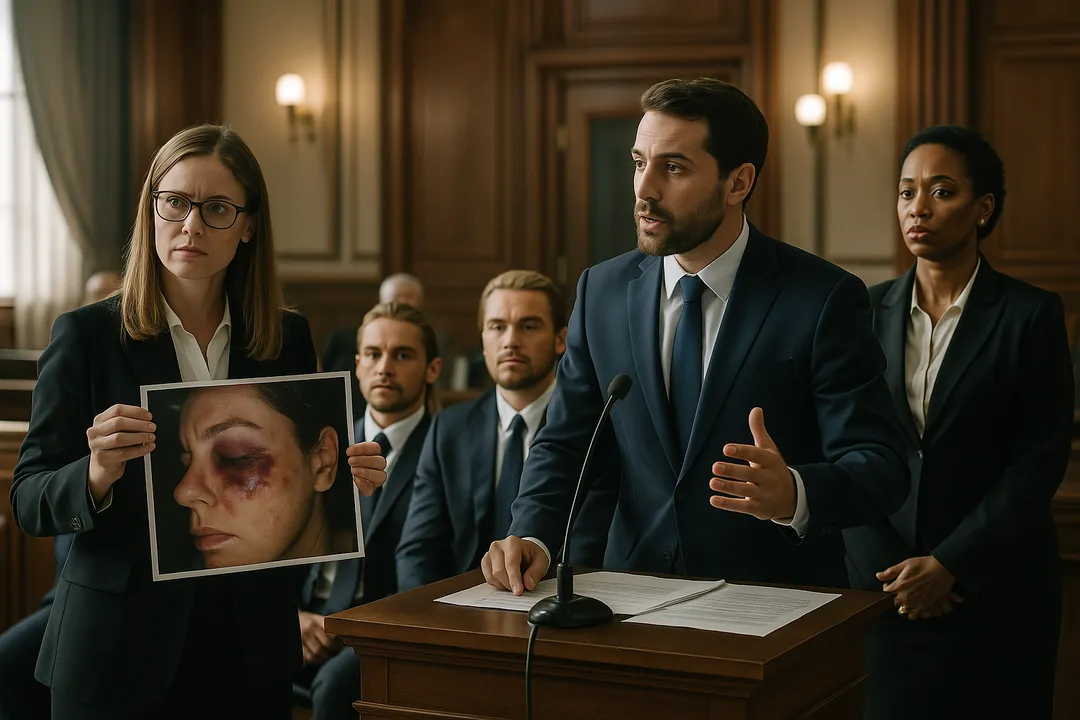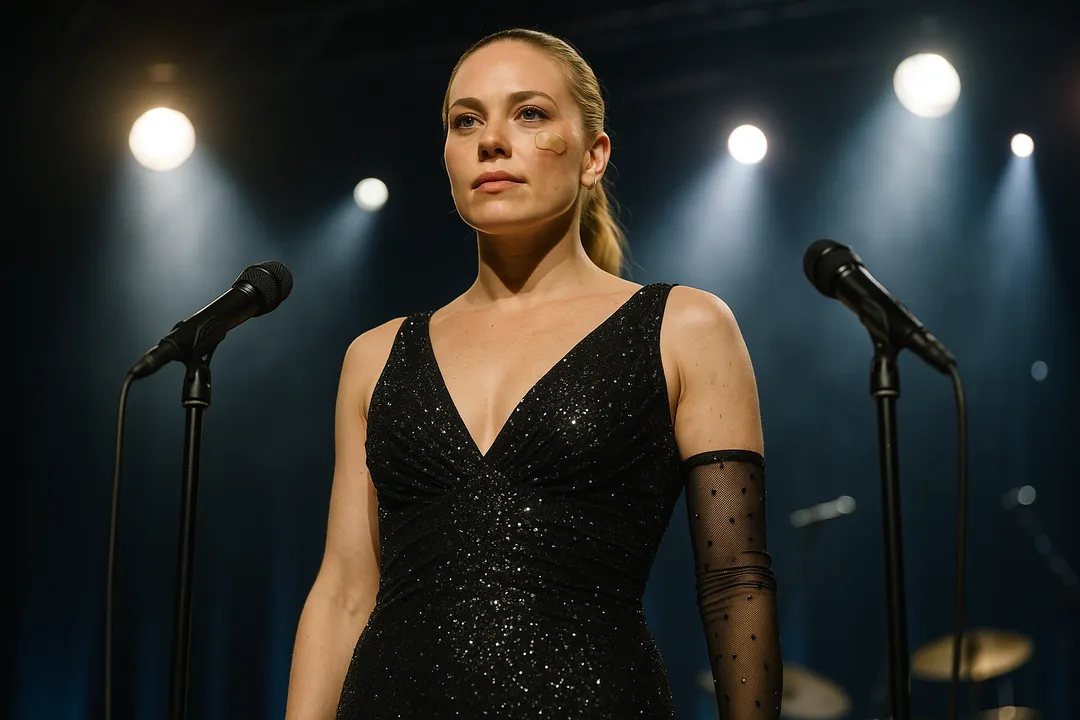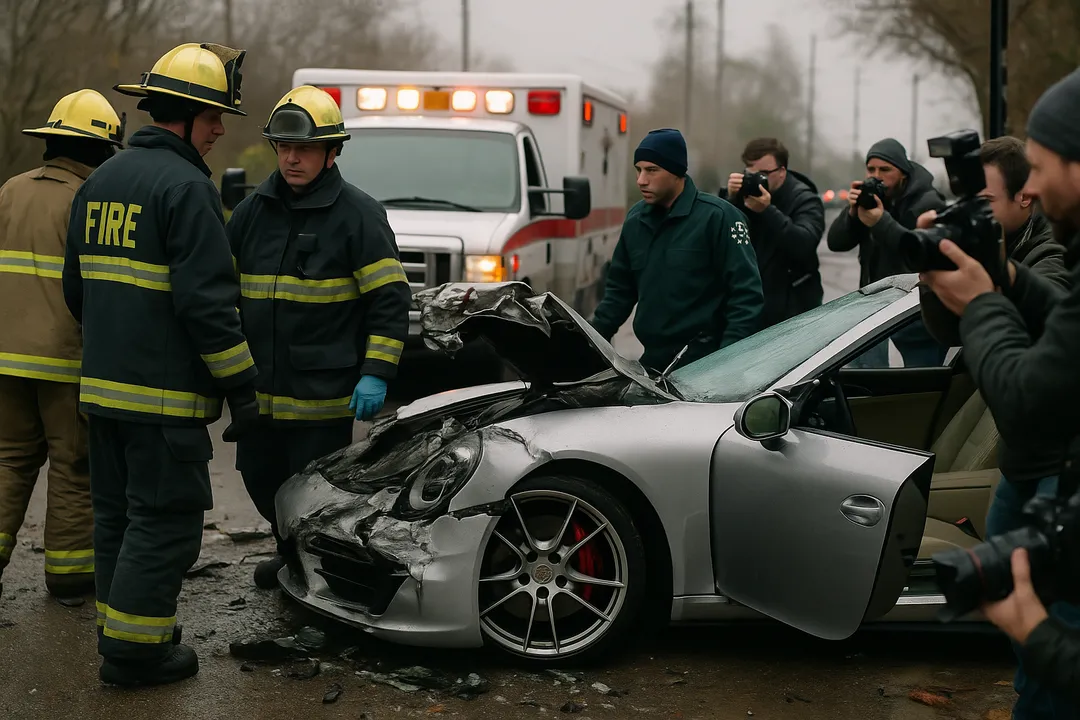Social media has changed the way we cover and consume news about celebrity injuries. Platforms like Twitter, Instagram, and Facebook have made it faster and easier for information to spread.
Why Celebrity Injury Stories Matter
Celebrity injury stories are important because they:
- Capture people’s attention
- Generate discussions on a large scale
- Influence public views and understanding of health issues
The Role of Social Media in News Consumption
Social media platforms are crucial in shaping how we consume news. They allow for immediate updates and interaction, giving users the ability to share, comment, and respond to celebrity injury news right away. This lively environment guarantees that these stories gain quick popularity and impact wide audiences.
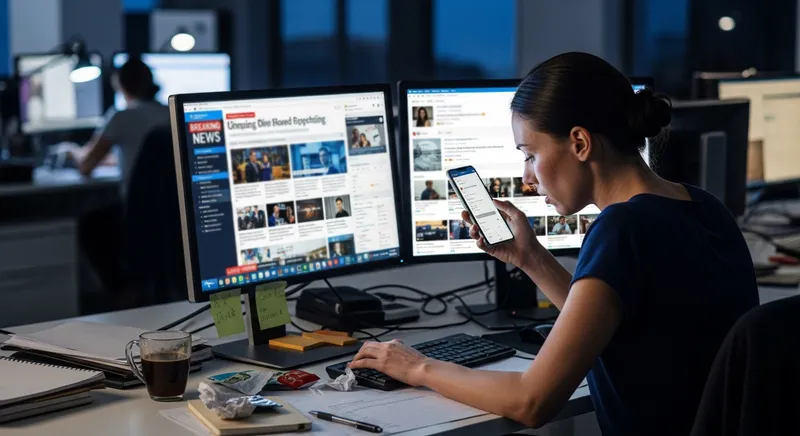
The Role of Social Media in Spreading Celebrity Injury News
Social media plays a crucial role in the quick spread of celebrity injury news. When a celebrity gets injured, platforms like Twitter, Instagram, and Facebook become busy places for immediate updates and ongoing conversations. These platforms allow fans, journalists, and even the celebrities themselves to share news rapidly and widely.
How Social Media Speeds Up the Spread of Celebrity Injury News
The ability of social media to speed up the spread of information relies on its inherent features:
- Instant Posting: Users can post updates right away, making sure that news reaches people faster than traditional media.
- Viral Potential: A single post can be shared, retweeted, or reposted thousands of times in minutes, greatly increasing its reach.
- User-Generated Content: Fans and bystanders often contribute their own updates, photos, or videos, adding more depth to the story.
Which Platforms Are Effective in Spreading These Stories?
Several social media platforms are particularly good at spreading celebrity injury news:
- Twitter: Known for its short and quick messages, Twitter is often the first platform where breaking news appears. Hashtags related to the incident can trend within minutes, attracting global attention.
- Instagram: Provides a visual narrative through photos and stories. Celebrities may use Instagram to give personal updates about their condition.
- Facebook: Allows for longer discussions and shares among various user groups. News articles posted on Facebook can spark widespread commentary.
Increased Public Engagement and Real-Time Discussions
The interactive nature of social media encourages more public involvement in discussions about celebrity injuries:
- Comments and Reactions: Fans can respond immediately with comments, likes, or other emotional reactions.
- Discussions: Threads on these platforms allow users to talk about injuries in real-time, often guessing about causes or implications.
- Direct Updates from Celebrities: Injured celebrities can directly communicate with their audience, providing firsthand accounts of their recovery process.
By using these features and platforms, social media not only spreads but also influences the story around celebrity injuries. This active interaction between content creators and consumers highlights how social media has transformed modern news sharing.
Influence of Celebrities on Public Perception of Injuries
Celebrity influence has a significant impact on how the public perceives injuries and health attitudes. It shapes the understanding, discussion, and response to injuries among large audiences. This influence works through several key ways:
1. Source Credibility
When a well-known actor or athlete talks about an injury, their status gives instant credibility to their message. Followers are likely to believe such accounts as true, especially when combined with personal stories or behind-the-scenes images.
2. Social Networks
Celebrities have a much larger reach than most traditional health educators. Their posts are quickly shared across various platforms, creating viral moments where large networks absorb and repeat their narratives.
3. Meaning Transfer
Celebrities represent lifestyles and ideals that many people aspire to. When they talk about injuries or recovery in specific ways—such as showing resilience after a sports incident or being open about mental health following trauma—their personal meanings transfer to the issue itself, shaping public understanding.
The power celebrities have in influencing health-related behaviors and awareness is significant. A single post about a concussion or torn ligament can ignite widespread conversations about prevention, treatment options, and even policy changes in sports safety.
Here are some examples that highlight this dynamic:
- After gymnast Simone Biles withdrew from Olympic events, citing mental and physical health concerns, her decision triggered global conversations about athlete wellbeing.
- Tiger Woods’ high-profile car accident brought renewed attention to road safety and recovery processes for athletes.
- NBA star Kevin Durant’s Achilles injury sparked discussions not only about basketball protocols but also broader workplace injury management.
These cases show how stories driven by celebrities can be used as opportunities for public education, challenging misconceptions, fostering empathy, or sometimes even causing controversy. Social media amplifies each message, embedding celebrity perspectives deeply into ongoing conversations about injury awareness and prevention.
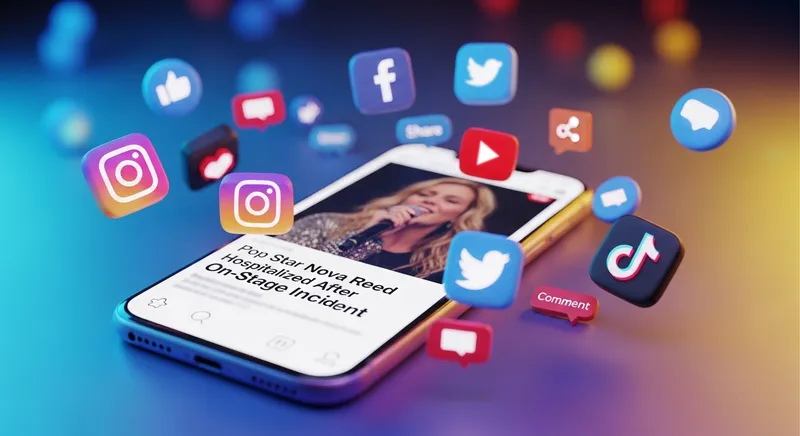
Opportunities Presented by Social Media for Injury Awareness
Using Celebrity Injury News to Promote Injury Prevention Messages
Social media platforms offer a unique opportunity to harness the public’s fascination with celebrity injury news for promoting injury prevention education. When a well-known figure suffers an injury, it often garners widespread attention and sparks conversations across various social networks. Public health authorities can capitalize on this attention by disseminating preventative messages that coincide with these high-profile incidents.
For instance:
- Share expert advice: Health organizations can post tips on avoiding similar injuries, linked to the celebrity’s experience.
- Create engaging content: Infographics, videos, and posts that provide valuable information about injury prevention can be timed to align with trending celebrity news.
- Hashtag campaigns: Use popular hashtags related to the celebrity’s injury to reach a broader audience with educational content.
Leveraging Social Media Conversations for Educational Purposes
Public health authorities have the ability to track and analyze real-time discussions on social media, making it easier to understand public perception and tailor messages accordingly. This dynamic environment allows authorities to:
- Engage directly with the public: Addressing questions and concerns raised during discussions about celebrity injuries.
- Correct false information: Actively monitor ongoing conversations and intervene when false or misleading information is circulated.
- Collaborate with influencers: Partnering with celebrities or influential figures who are willing to advocate for safety measures and share accurate information.
By strategically using social media platforms, public health communication can be significantly enhanced. The rapid spread of information provides an invaluable tool for delivering timely and relevant messages that promote injury prevention education effectively. This proactive approach ensures that the public receives accurate guidance while their interest is piqued by high-profile incidents.
Challenges and Risks Associated with Social Media Coverage of Celebrity Injuries
Unregulated Nature of Social Media Leading to Inaccurate or Misleading Information
Social media platforms operate in an unregulated environment, which can lead to the spread of misinformation and false news dissemination. Without stringent editorial oversight, users often share speculative or erroneous details about celebrity injuries. This lack of regulation can result in an echo chamber effect where incorrect information is amplified and widely accepted as truth.
Pressure on Journalists to Report Quickly Affects Accuracy and Depth
The accelerated news cycles driven by social media create immense pressure on journalists to deliver stories rapidly. This haste can compromise the accuracy and depth of coverage. The rush to be first with a breaking story might lead to incomplete fact-checking, resulting in the publication of unverified or inaccurate reports.
In some instances, the quest for speed undermines journalistic integrity, as sensational headlines take precedence over careful investigation and comprehensive reporting.
Misinformation Risks
The pervasive nature of social media means that once misinformation is out there, it becomes challenging to retract or correct. False narratives around celebrity injuries can have far-reaching consequences, shaping public perception and potentially influencing health-related decisions based on inaccurate data.
False News Dissemination
The viral potential of social media allows false news to spread faster than ever before. Celebrity injury stories are particularly susceptible due to their high public interest. This rapid dissemination often means that by the time accurate information surfaces, the false narrative has already taken hold in the public consciousness.
Addressing these challenges requires a concerted effort from both journalists and social media platforms to prioritize accuracy and responsible reporting despite the pressures imposed by real-time news cycles.
Combining Celebrity Advocacy with Expert-Led Education
Pairing celebrity advocacy with expert collaboration is essential for delivering credible health information on social media. While celebrities can amplify messages to millions, the accuracy of their narratives depends heavily on integrating insights from medical professionals and public health authorities.
Why Expert Insights Matter in Celebrity-Driven Narratives
- Source Credibility: Celebrities command attention, but their expertise rarely lies in health or injury science. Partnering with medical experts ensures the information shared is evidence-based, reducing the risk of spreading myths or misconceptions.
- Context and Nuance: Experts can provide context that celebrity stories often lack. For instance, when a star shares details about a recovery process, an expert can outline what’s typical versus unique to that individual, helping followers set realistic expectations.
- Trust Building: Audiences are more likely to trust and act on advice when it comes from a combination of relatable experiences (celebrities) and authoritative sources (experts).
Strategies for Responsible Communication on Social Media Platforms
- Joint Campaigns: Public health organizations can collaborate with celebrities to co-author posts, videos, or live Q&A sessions. This blend of personal testimony and professional advice tends to attract engagement while maintaining accuracy.
- Clear Distinction Between Experience and Expertise: Posts should clearly differentiate between a celebrity’s personal story and expert recommendations. Using quotes or labeled sections helps clarify which insights are anecdotal and which are medically grounded.
- Use of Verification Badges and Endorsements: Highlighting content that has been reviewed or endorsed by recognized health authorities adds an extra layer of credibility.
- Prompt Correction of Misinformation: When errors occur, swift clarification by both the celebrity and their expert collaborators limits misinformation spread.
This approach leverages the reach of celebrities while ensuring audiences receive trustworthy, actionable information—shaping healthier conversations around injury news on social media.
Impact on Traditional Journalism Practices
Journalism challenges arise due to social media’s rapid pace, significantly disrupting traditional journalistic workflows. Platforms like Twitter and Instagram enable real-time updates, pushing journalists to report immediately. This immediate reporting pressure often compromises the depth and accuracy of their coverage.
- Disruption of Workflows: Traditional journalism relies on thorough fact-checking and multiple editorial reviews. Social media demands instant reporting, leaving little room for these critical processes.
- Balancing Act: Journalists must juggle the need for speed with maintaining accuracy. The challenge lies in delivering comprehensive coverage without falling into the trap of spreading misinformation.
Social media’s influence on news dissemination has led to an environment where the impact of social media on celebrity injury news coverage is profound. The urgency to publish quickly can overshadow the importance of fact-checking and in-depth analysis, essential components of responsible journalism.
Conclusion
The impact of social media on celebrity injury news coverage underscores the need for balanced and responsible communication strategies.
- Social media transformation has accelerated the spread of information, necessitating vigilance against misinformation.
- Responsible coverage requires integrating expert insights with celebrity-driven narratives to ensure accuracy and depth.
- Public health authorities can leverage these platforms for educational purposes, guiding conversations towards injury prevention.
Prioritizing factual reporting while maintaining engagement is essential for fostering an informed public discourse around celebrity injuries.


